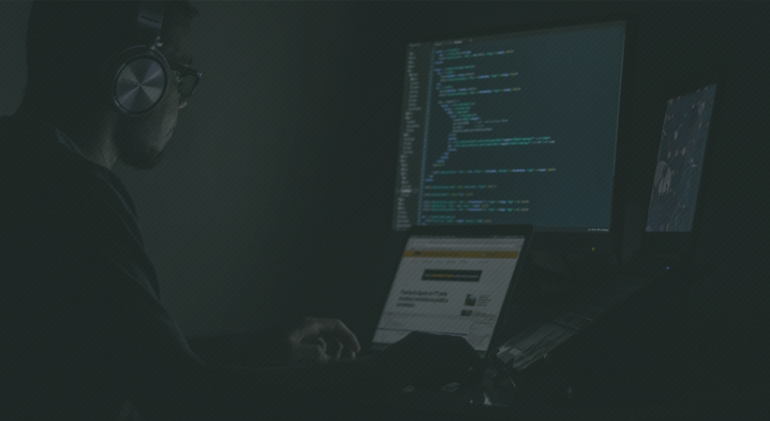

Namely, most digital content (websites, mobile applications, web services, computer programs, computer games, etc.) contains certain graphic design, which, as an original intellectual creation, can have the capacity of a copyrighted work. Accordingly, designers are authors who have material copyrights, a topic covered in the first article of this series. Given that any such graphic design is an integral part of that digital content, the question arises whether the general rules of the Copyright Act are applicable on said designs, or can the general exceptions to the rules, covered in the previous piece and applicable to developers and software exclusively, be applied to designers as well.
As a starting point, we would like to reemphasize the fact that the Copyright Act provides an exception to the general rule when it comes to computer programs/software created during the course of the employment providing that the IT company, as an employer, becomes the exclusive owner of all rights in relation to the computer program/software created by its employed developers, with no time limit. The Copyright Act also, in the case of an agreement ordering a specific computer program/software, sets forth that the ordering party (IT company) acquires full rights over the utilization of the computer program/software, created by the contractor (independent developer).
However, as the graphic design contained within digital content does not represent a computer program/software, by our opinion, the aforementioned exceptions to the rules set forth in the Copyright Act do not apply to said design, but solely to software/source code of a particular program or digital content. This means that, according to the general rules of the Copyright Act, IT companies are able to utilize the design contained within any digital content, created by its employees, for a period of 5 years and only in the context of its business activity. In other words, after the expiration of a 5 year period, so expires the right of an IT company and its customers, to use digital content in question without the consent of the graphic designer, as they once again become the exclusive owner of full rights of their design.
When it comes to graphic design created by an external designer acting as a contractor, because the mentioned exception also limited to the computer program in this case, the general rules prescribe an even narrower scope of rights acquired by IT company. Actually, unless otherwise set forth in the agreement, the IT company is only allowed to publish the graphic design and to release one copy of digital content, while all other rights remain retained by the designer. Finally, such a relationship, based on legal provisions and not on a clear contractual ground, actually results in IT company having a very narrow scope of rights that substantially prevent it from using its product on the market.
Given the above stated, it is clear that in the case of designers, IT companies have an even greater need to clearly determine their rights, whether through employment agreements with their employees, or cooperation agreements when it comes to external designers, in order to use the created graphic design according to their needs and release the digital content created by the organization without any restriction.
If we add to the aforementioned the issues that exist for developers, which, in accordance with the general manner of regulation of relations in the Copyright Act apply to designers as well, the ability and authority of IT companies and their clients to use, make changes, adjustments, adaptations and other alterations to the graphic design, in our opinion, can be seriously impeded and subject to unexpected complications, such as requests for additional compensation on the basis of commercial exploitation of copyrighted work, unless clearly contractually defined and addressed.